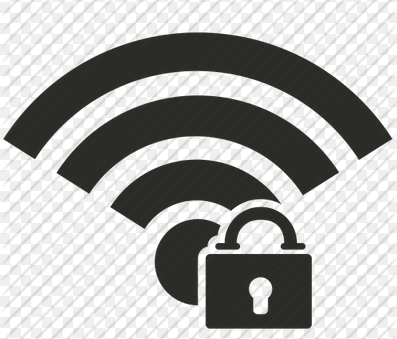Network security
-----------------------------------
The main issue with wireless network security is its simplified access to the network compared to traditional wired networks such as Ethernet. With wired networking, one must either gain access to a building , or break through an external firewall.
An attacker who has gained access to a Wi-Fi network router can initiate a DNS surfing attack against any other user of the network by forging a response before the queried DNS server has a chance to reply.
Securing methods
-----------------------------------
A common measure to deter unauthorized users involves hiding the access point’s name by disabling the SSID broadcast. While effective against the casual user, it is ineffective as a security methods because the SSID is broad cast in the clear in the response to a client SSID query.
The more secure WPA2 using advanced encryption standard was introduced in 2004 and is supported by most new WiFi devices. WPA2 is fully compatible with WPA.
Piggy backing
-----------------------------------
Piggybacking refers to access to a wireless internet connection by bringing one’s own computer with in the range of another’s wireless connection, and using that service without subscriber’s explicit permission or knowledge.
Providing access to one’s internet connection in this fashion may breach the terms of service or contract with the ISP. These activities do not result in sanction in most jurisdictions, however legislation and case law differ considerably across the world. A proposal to leave graffiti describing available services was called warchlking.
A user who happens to start up a laptop in the vicinity of an access point may find the computer has joined the network without any visible indication.
If you have any doubts Feel free nd comment here..!


